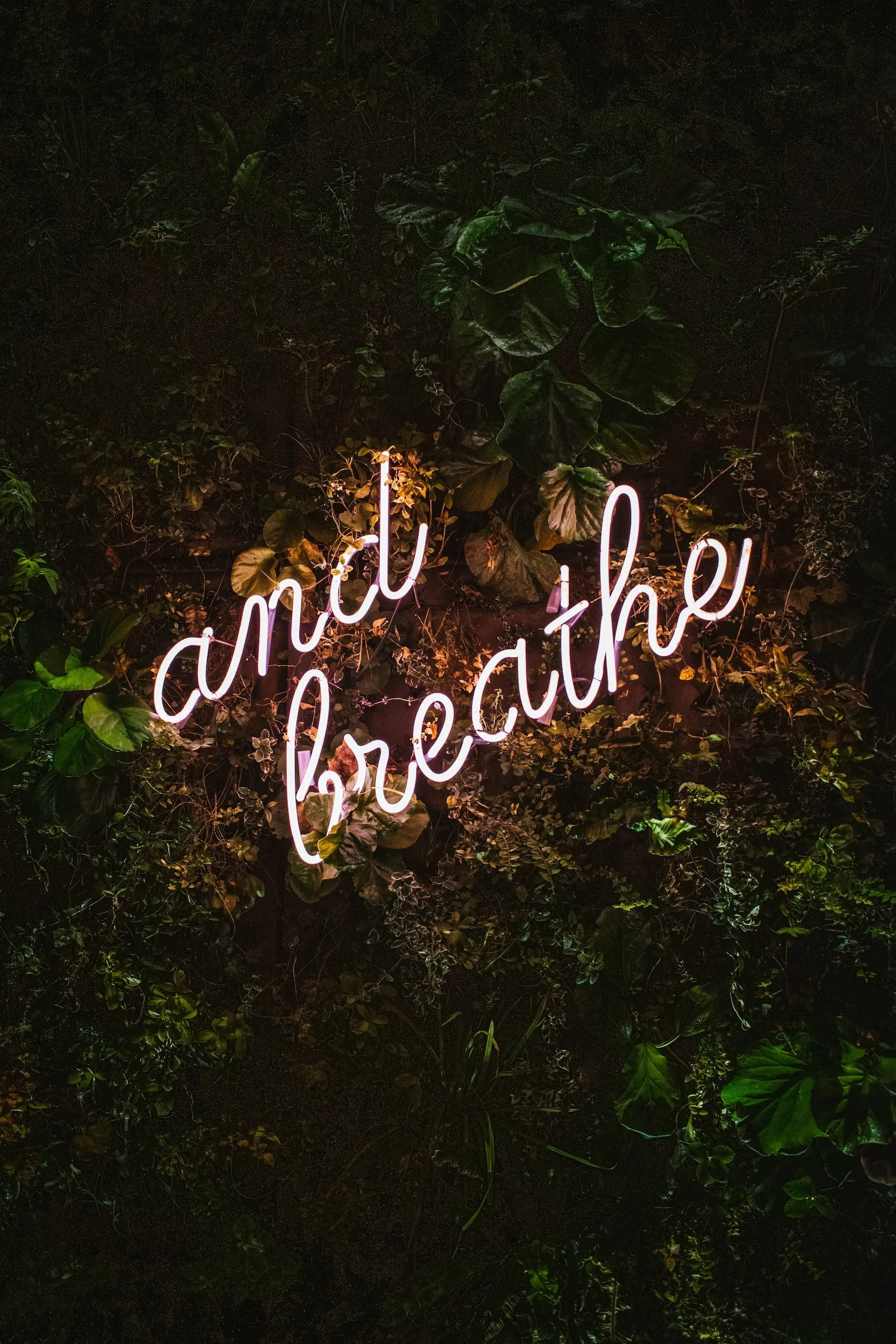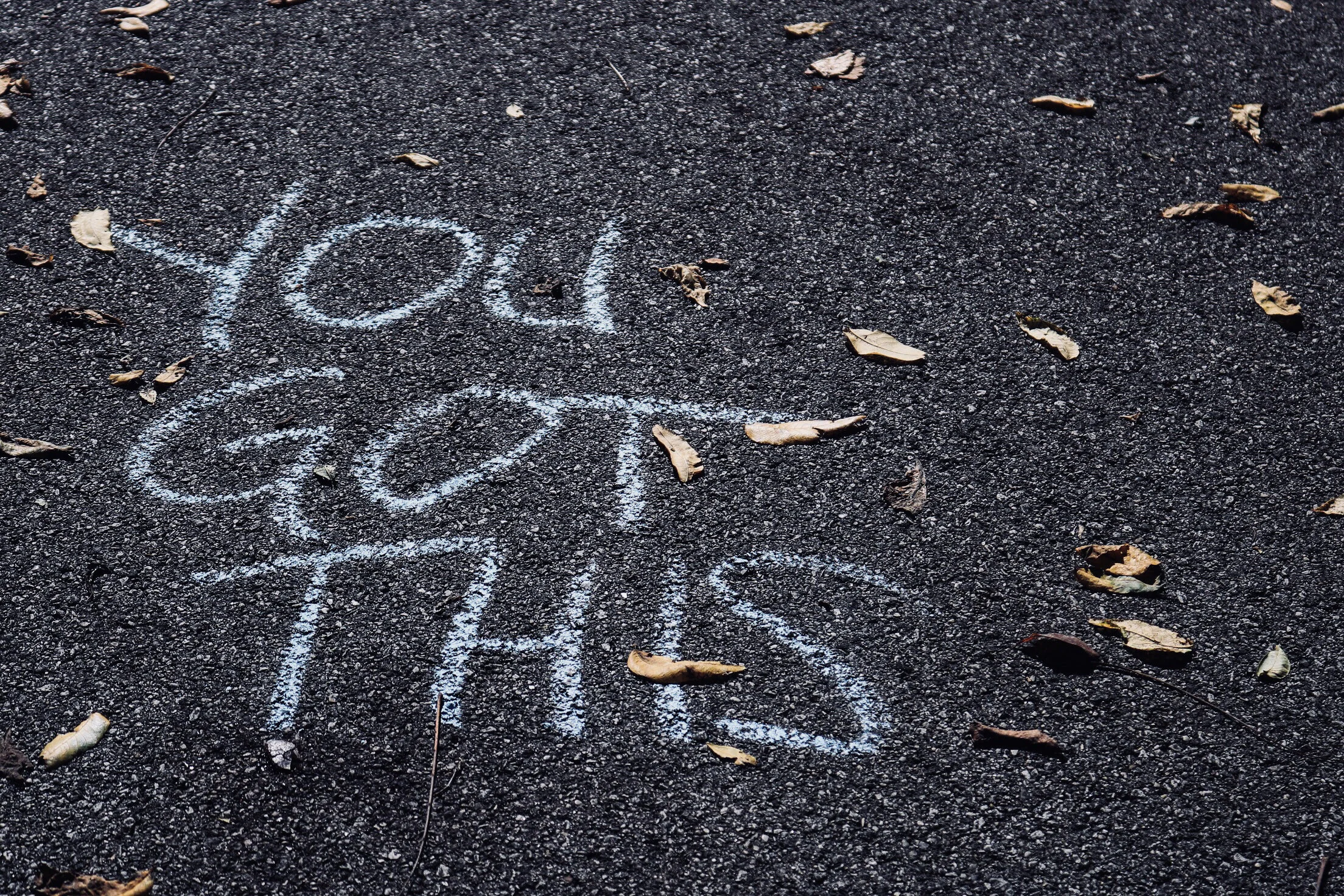What Panic Attacks Are and How To Manage Them
What is a Panic Attack?
Panic attacks are relatively common. Almost 11% of the population experiences them (1). With panic attacks commonplace for many, we at the Phoenix Rising Centers thought it would be helpful to have a blog to clarify what they are and share ways to work with them when they occur. Being prepared and knowing what to do when one happens can make a big difference.
A panic attack is a sudden and intense increase in anxiety that can trigger a severe response in our body and mind. It is striking that a panic attack can come out of nowhere and not be related to any apparent threat, even though it often feels like life or death. Panic attacks can make us think we are losing control, having a heart attack, or worse, dying. Many people have one or two panic attacks in their lifetime, and they often resolve on their own. However, If they become commonplace, it’s a good indication you might want to get some help.
Panic attacks can vary from person to person. They typically come on fast, peak within a few minutes, and subside, leaving us to wonder what the heck just happened. Common experiences with panic attacks can include the following:
Rapid breathing, hyperventilation, difficulty breathing, feeling like you are drowning, as if there is no oxygen. Your chest may hurt.
A sense of pending doom
Intense fear of death or loss of control
Racing or pounding heartbeat
Feeling as if your throat is closing
Abdominal issues such as cramping, nausea, or a sudden urge to use the toilet
You may feel dizzy and lightheaded
You may feel numbness and tingling
Maybe you dissociate, feeling disconnected from reality (1)
One of the worst parts of panic attacks is the fear they will happen again.
What causes Panic Attacks
Panic attacks are characterized by extreme anxiety and fear. As mentioned above, they can happen without warning. They can be triggered by many things, including feeling threatened, lonely, rejected, being reminded of something traumatic from the past, or for no apparent cause. The fact that panic attacks can also come out of nowhere is less commonly known. Scientists are still trying to understand the mechanisms involved in this, but the theory for now is that it has to do with the amygdala and chemical imbalances in gamma-aminobutyric acid (GABA), cortisol, and serotonin. Those who are AFAB (assigned female at birth) are two times more likely to experience panic attacks (2). Panic attacks are also more commonly associated with other mental health issues, such as generalized anxiety disorder (GAD,) depression, or social anxiety disorder.
Some possible causes of panic and anxiety attacks include:
A family history of anxiety or other mental health disorders
Previous traumatic experiences or ongoing stressors
Imbalances in brain chemicals that regulate mood and anxiety
Medical conditions, such as heart disease or thyroid problems
Substance abuse or withdrawal
It's important to note that various factors can trigger panic attacks, and what causes one person to experience a panic attack may not be the same for another person (1).
How To Deal With Panic Attacks
Panic attacks can feel like the world around you is closing in. They are truly one of the worst things we humans experience. But knowing how to deal with them when they happen can be the difference between having a terrible physical experience that we know will pass or having a terrible physical experience that we don’t know will pass and fueling it with more fear and panic due to not knowing what is happening or what to do. Panic attacks do not last forever. In the moments leading up to them and during, it feels like they will. But they WILL pass, eventually—and you can make it through until they end by taking these steps:
Identify what is happening and name it! Remind yourself you are having a panic attack and not dying. The more we tell ourselves we might be dying, the more fuel we give to our panic attacks. Understanding the symptoms can help you better identify when a panic attack starts. Remind yourself this will pass. Ride the wave, or (five waves), but KNOW it will pass. Say to yourself, “this is a panic attack, and it will pass.”
Start to keep a record of when they are happening. Identify all the things you can that may have been a possible trigger, but also remember, they can come out of nowhere. If they come out of nowhere, note that as well. Note what you were doing right before, how long it lasted, what day of the week, what time of day, and what the symptoms were like. Doing this, you will start to understand how your panic attacks manifest and show up. This is helpful information and, over time, may even be enough for you to walk yourself back to a feeling of safety and calm down more quickly when they happen.
Breathe!!!!! You gotta get control of your breath. Forcefully exhale your breath if you are in a panic attack. You could even bend forward to release all the air in your lungs more effectively. Doing this will allow your body to reset on the next inhale. On the inhale, take a deep breath allow your belly to expand. Do this a few times if you find yourself breathing rapidly or hyperventilating.
Once you’ve re-regulated your breathing, you can take a deeper breath in through your nose and exhale out through your mouth slowly and steadily with rounded lips, as if there were a straw between them. As you inhale, make sure your belly is getting bigger (not smaller). As you exhale, empty your breath while you pull your belly button towards your spine. This can help to reset the nervous system. If you can, try to make the exhale slightly longer than the inhale. Repeat this process until you feel calmer.
Distract yourself. The more we focus on our panic, the worse it’ll get. Using one of your five senses is a great way to distract. Smell something you love, name something you see in the space, grab a piece of chocolate, or pet your dog or cat. Try using the 5-4-3-2-1 method, which is: Notice FIVE (5) things you can see in your surrounding area, Notice FOUR (4) things you can touch near you, Notice THREE (3) sounds you can hear, Notice TWO (2) scents you can smell, Notice ONE (1) flavor you can taste.
Get some exercise before it happens again! Exercise helps reduce stress and cortisol levels and improves overall health, which can also help reduce panic attacks. Try to exercise for 30 minutes every day at least three times weekly, especially during high-stress times. If this isn't realistic for you right now but would be beneficial in the long term, try taking more walking breaks whenever you can.
Finally… get some support! You don’t have to go through this alone. Many mental health professionals would love to help you navigate to better days and find ways to gain control of your panic attack cycle. You are not alone! There is great treatment available for panic attacks.
It's important to remember that panic attacks are not dangerous and will pass with time. Although they are scary and distressing, they do not cause physical harm. You can learn to manage your panic attacks and reduce their frequency and intensity with practice and support.
References
Panic Attacks & Panic Disorder. Cleveland Clinic. 2023.
Trauma. Anxiety and Depression Association of America. 2023.




